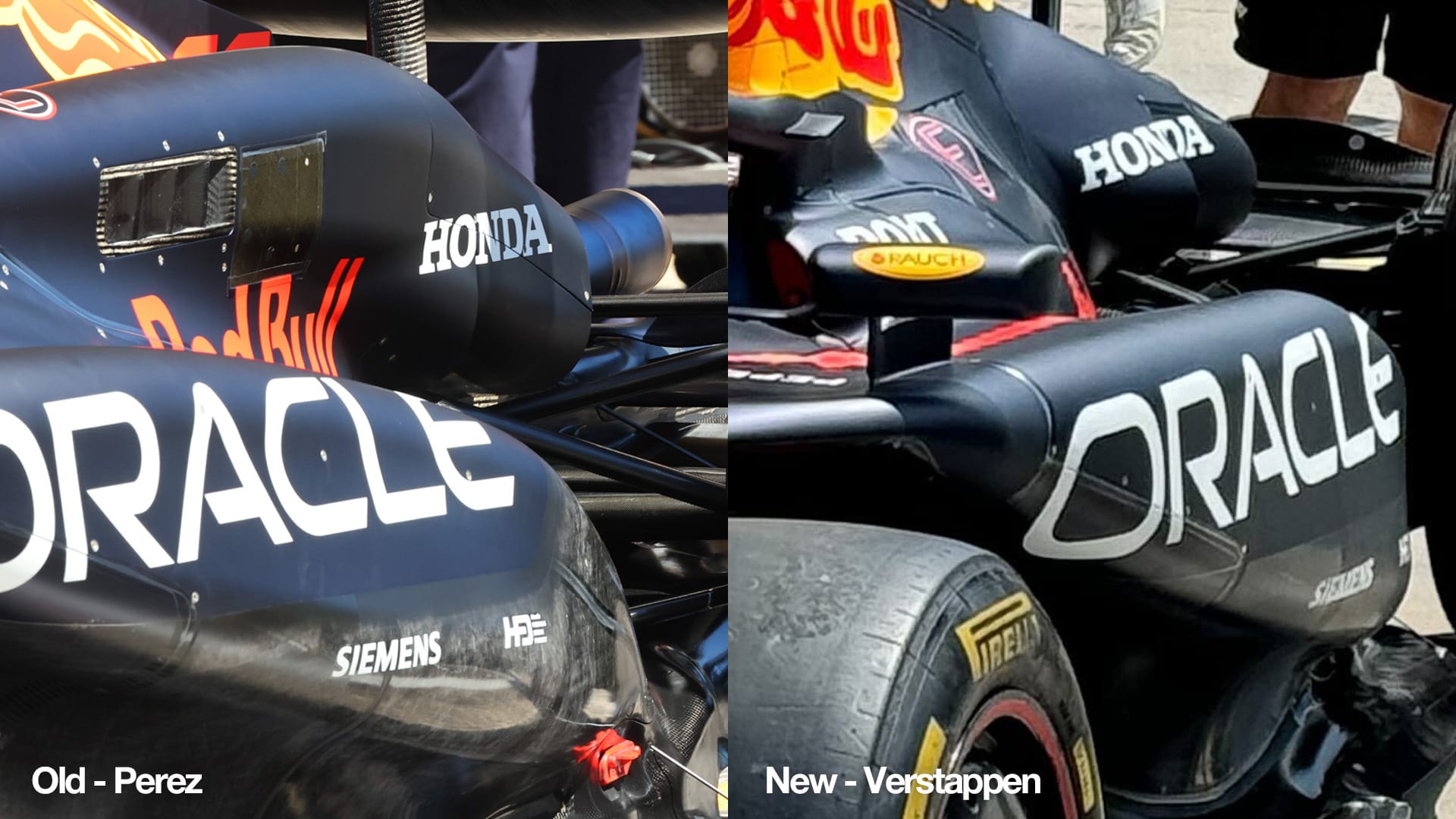Red Bull has arrived at the Hungarian Grand prix with an extensive reworking of its 2024 Formula 1 car’s sidepod and engine cover bodywork.
The previous high shoulder cooling channels have gone and it has reverted to a more classic-looking layout.

This is believed to be a specific high-downforce option for the team which is expected to be mixed and matched with the previous bodywork according to circuit layout.
For the Hungaroring it will be fitted only to Max Verstappen’s car.
The cooling louvres and central cooling exits are completely different.

Red Bull claims the arrangement gives better cooling efficiency (i.e. fewer aerodynamic losses) at low speeds.
The inference is that at high speeds this would be less effective than the previous bodywork, which tallies with the standard difficulty teams are having with this generation of car with the elusive sweet spot between the conflicting demands of low and high speeds.
Understeer at low speeds and oversteer at high speeds has become a generic problem as the cars have been developed to give ever-greater downforce.

Red Bull looks to be the first team to attempt to resolve this problem by having completely different sets of bodywork for each track’s corner speed range.
Details such as the front and rear brake ducts have been optimised around the new bodywork and there are minor changes in the front wing profile too, giving a claimed greater front end load.


